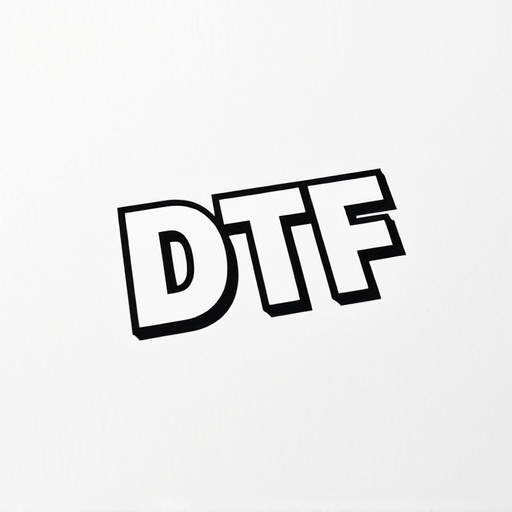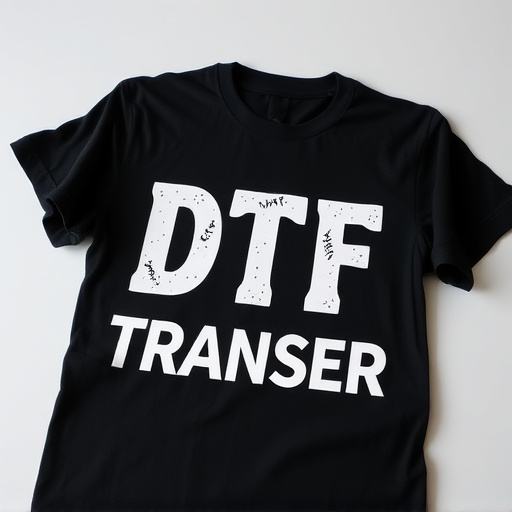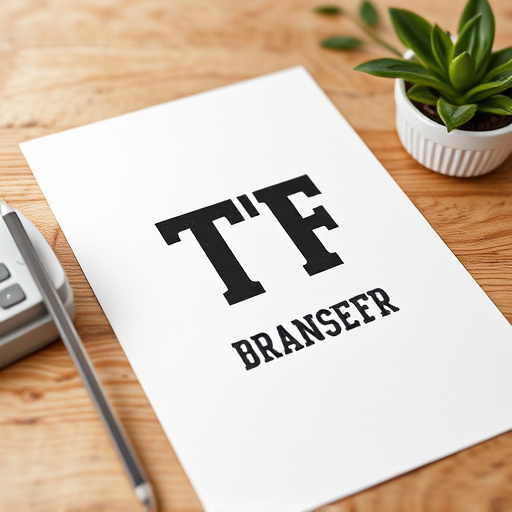Direct-to-Film (DTF) transfer and dye sublimation printing are cutting-edge techniques revolutionizing the print industry. DTF involves transferring ink to a film surface for reproduction on various materials, offering high detail retention and vibrant colors. Dye sublimation infuses dyes into porous substrates like fabrics, creating rich, durable colors ideal for textiles. DTF is versatile for signage, apparel, and accessories, while dye sublimation excels in photo printing and art reproduction. Each method caters to unique applications, with DTF's efficiency suitable for small batches and on-demand production. The choice depends on intended use, budget, and desired color vibrancy and detail.
“Direct-to-film (DTF) transfers and dye sublimation printing are two distinct methods revolutionizing the world of custom printing. This article delves into the nuances of DTF technology, offering a comprehensive overview of its process, applications, and unique advantages. We explore how DTF stands out for creating high-quality prints on various materials. Additionally, we’ll compare it with dye sublimation printing, highlighting key differences and helping you choose the best method for your needs, whether for vibrant fabrics or specialized substrates.”
- Understanding Direct-to-Film (DTF) Transfer: A Comprehensive Overview
- The Process of DTF Printing: Step by Step
- Dye Sublimation Printing: Unlocking Vibrant Colors and Detailed Images
- Key Differences Between DTF and Dye Sublimation Techniques
- Applications of DTF Transfers: Where They Shine
- Choosing the Right Print Method: Factors to Consider
Understanding Direct-to-Film (DTF) Transfer: A Comprehensive Overview
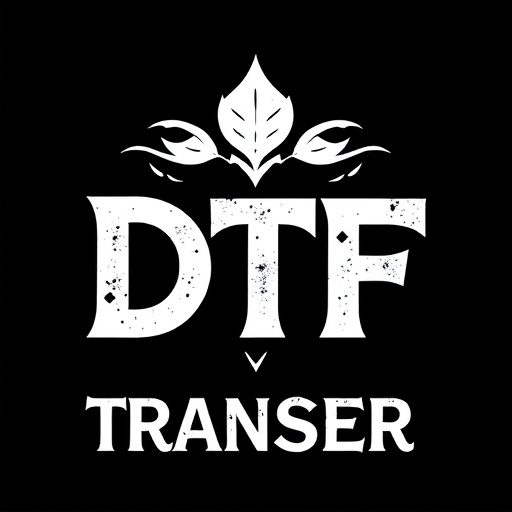
Direct-to-Film (DTF) transfer is a cutting-edge printing technique that has revolutionized the way we produce high-quality prints. Unlike traditional methods, DTF involves transferring ink directly onto a film surface, which then becomes the master copy for reproduction. This process offers several advantages, including exceptional detail retention, vibrant colors, and a wide range of printable surfaces.
DTF Printing is suitable for various applications, from signage and posters to custom apparel and accessories. The versatility of DTF Transfer allows for on-demand printing, enabling businesses to cater to unique customer requests promptly. This method ensures that each print is crisp, precise, and visually stunning, making it a preferred choice for professionals seeking top-tier results in their print projects.
The Process of DTF Printing: Step by Step
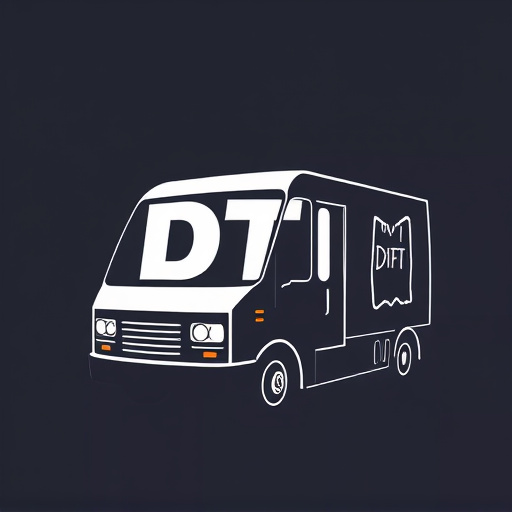
The Direct-to-Film (DTF) transfer process is a cutting-edge method for creating high-quality prints directly onto various materials, including textiles and plastics. This innovative technique involves several precise steps to ensure optimal results. The journey begins with preparing the design or image digitally, ensuring it’s optimized for DTF printing. Next, the design is transferred to a film, which acts as a carrier for the pigment.
The film is then carefully fed into a specialized printer that precisely deposits the pigment onto the desired surface. This application process requires meticulous control to achieve consistent and vibrant colors. Once printed, the film is heated to fix the pigment, creating a permanent bond with the substrate. The final step involves removing the film, leaving behind a flawless DTF print that showcases rich details and accurate color representation.
Dye Sublimation Printing: Unlocking Vibrant Colors and Detailed Images
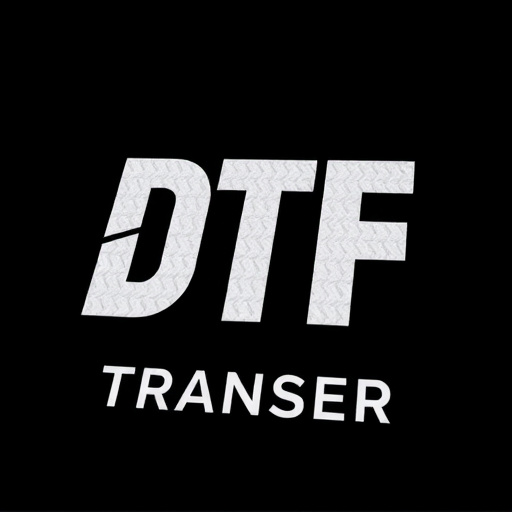
Dye Sublimation Printing offers a unique and powerful method for creating high-quality DTF prints. This process involves infusing dye into a polyester substrate, allowing colors to be embedded directly into the fabric fibers. The result is a stunning display of vibrant hues and intricate image details that are truly remarkable.
By utilizing this technique, artists and professionals can produce lifelike DTF transfers with exceptional clarity. Whether it’s for photography, art reproduction, or graphic design, dye sublimation ensures that every shade and texture is accurately represented, making it a preferred choice for those seeking exceptional visual fidelity in their prints.
Key Differences Between DTF and Dye Sublimation Techniques
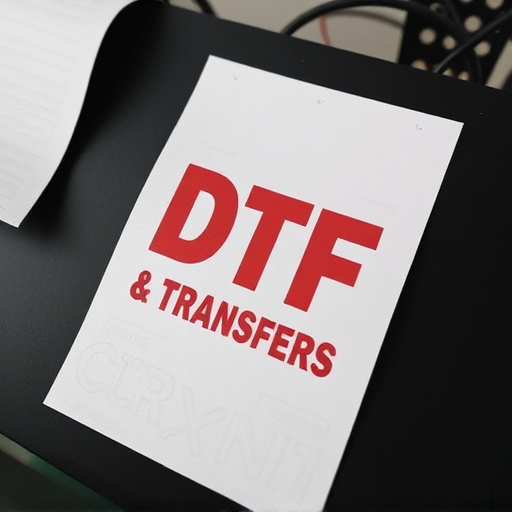
Direct-to-film (DTF) transfers and dye sublimation printing are two distinct methods for creating high-quality prints on various materials, each with its unique advantages and applications. One of the key differences lies in their production processes. DTF involves applying ink directly onto a receptive film, which is then pressed against the final medium—whether it’s fabric, paper, or plastic—to transfer the design. This technique offers vibrant colors and fine detail, making it ideal for creating DTF prints with intricate patterns and images.
In contrast, dye sublimation printing uses heat to transform solid dyes into a gas, which then permeates the porous surface of the material, resulting in brilliant and durable colors. This method is particularly suitable for larger runs or when printing on materials like polyester or cotton fabrics. Dye sublimation provides a smooth, seamless finish without visible print lines, setting it apart from DTF transfers, which might exhibit a slightly raised or textured appearance due to the ink layer.
Applications of DTF Transfers: Where They Shine

Direct-to-film (DTF) transfers have found their niche in various applications where high-quality prints on a variety of materials are required. Their versatility is particularly evident in the apparel industry, where they excel at producing vibrant and detailed designs on fabrics like cotton, polyester, and even nylon. DTF printing allows for intricate patterns, full-color images, and even custom texturing, making it an attractive option for clothing manufacturers, especially those catering to niche markets or creating limited-edition pieces.
Moreover, DTF transfers shine in scenarios where rapid production turns are necessary. Their direct application to materials avoids the need for complex lamination processes, resulting in faster turnaround times compared to dye sublimation printing. This efficiency makes them ideal for small batch productions, event merchandise, and custom apparel on demand, ensuring that businesses can swiftly adapt to changing market trends and customer preferences.
Choosing the Right Print Method: Factors to Consider
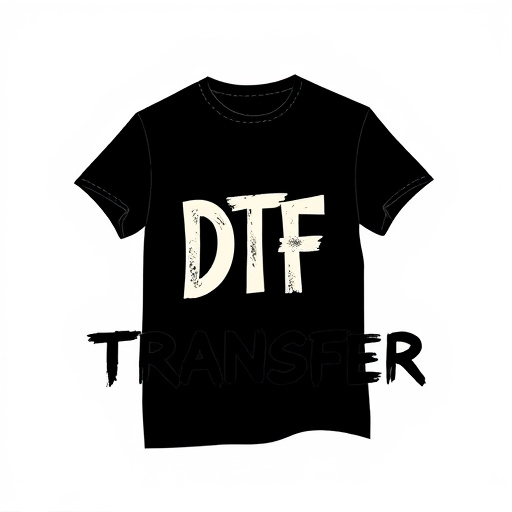
When deciding between a DTF transfer and dye sublimation printing, several factors come into play. Firstly, consider the intended use of the final product; for instance, DTF transfers are often preferred for creating high-quality, durable prints on various materials like fabric, metal, or wood. These transfers offer excellent color accuracy and detail retention, making them ideal for promotional items, custom apparel, or decorative pieces.
On the other hand, dye sublimation printing is a versatile method suitable for a wide range of applications, from photo printing to creating vibrant graphics on textiles. It’s known for its ability to produce rich, full-color images with soft transitions between shades, making it perfect for artistic prints or high-end marketing materials. The choice between DTF and dye sublimation depends on your specific needs, budget, and the desired level of detail and color vibrancy in your final DTF prints.








